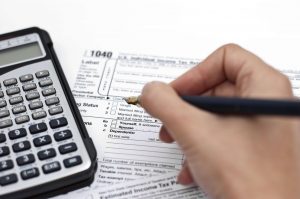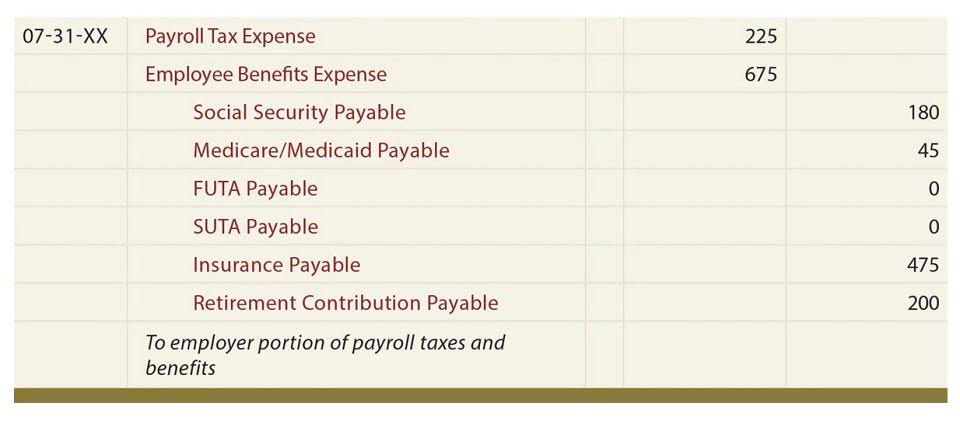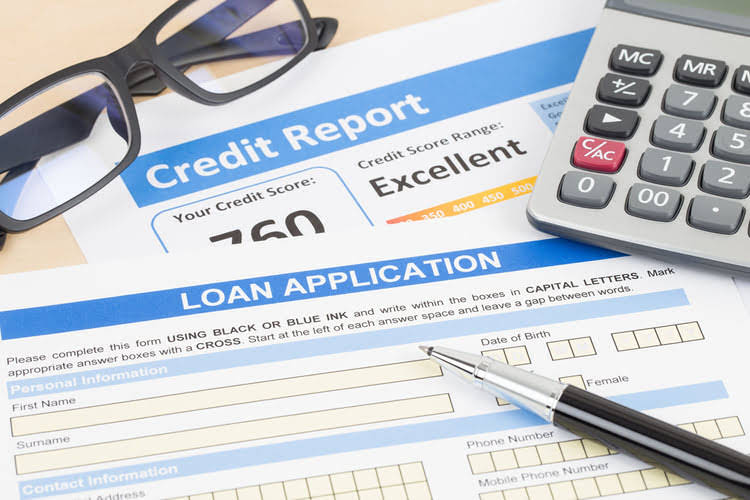
However, all else equal, with the asset still in productive use, GAAP operating profits will increase because no more depreciation expense will be recorded. When the fully depreciated asset is eventually disposed of, the accumulated depreciation account is debited and the asset account is credited in the amount of its original cost. An asset’s depreciable amount is its total accumulated depreciation after all depreciation expense has been recorded, which is also the result of historical cost minus salvage value. The carrying value of an asset as it is being depreciated is its historical cost minus accumulated depreciation to date. An estimated salvage value can be determined for any asset that a company will be depreciating on its books over time.
International Financial Reporting Tool perfect reporting according to IFRS
Some companies may choose to always depreciate an asset to $0 because its salvage value is so minimal. In general, the salvage value is important because it will be the carrying value of the asset on a company’s books after depreciation has been fully expensed. It is based on the value a company expects to receive from the sale of the asset at the end of its useful life. In some cases, salvage value may just be a value the company believes it can obtain by selling a depreciated, inoperable asset for parts. On July 1, Matt decides that his company no longer needs its office equipment.
How Does Accounting Play a Role in Asset Disposal?
- No salvage value is not always a bad thing, it just means that you have used the asset up to its complete use and you no longer have a purpose for it.
- When you join PRO Plus, you will receive lifetime access to all of our premium materials, as well as 11 different Certificates of Achievement.
- An asset’s depreciable amount is its total accumulated depreciation after all depreciation expense has been recorded, which is also the result of historical cost minus salvage value.
- This means that not only do they get to utilize the asset over its useful life, they also get to recover funds for the asset when they are done using it.
- It’s important to note that the disposal value can be estimated and can change over time, as the market conditions and the company’s plans might change.
The double-declining balance (DDB) method uses a depreciation rate that is twice the rate of straight-line depreciation. Therefore, the DDB method would record depreciation expenses at (20% x 2) or 40% of the remaining depreciable amount per year. Straight line depreciation is generally the most basic depreciation method.
Discarding a Fixed Asset (Breakeven)
You should also be aware of your legal obligations when it comes to asset disposal. Determine how much the disposal is going to cost before you make a final commitment. Finally, keep an eye out for better alternatives that might be available instead of holding on to assets you don’t need. Salvage value is the amount a company can expect to receive for an asset at the end of the asset’s useful life. A company uses salvage value to estimate and calculate depreciate as salvage value is deducted from the asset’s original cost.

Example of a Disposal Account
The numbers in the problem are normally given to you or can be found easily on the financial statements. There can be severe consequences to a company’s operations and reputation if they are found not upholding GAAP standards. Hence, why it is extremely important for companies to dispose of their assets at their correct value. Gains are reflected as an addition to the net operating income, and losses are reflected as a subtraction to the net operating income in the balance sheet. When done correctly, the disposal of an asset will result in its removal from its books.
That company may have the best sense of data based on their prior use of trucks. There are several ways a company can estimate the salvage value of an asset. This method assumes that the salvage value is a percentage of the asset’s original cost. To calculate the salvage value using this method, multiply the asset’s original cost by the salvage value percentage. The difficulty in calculating residual value lies in the fact that both the salvage value and the cost to dispose of the asset may not truly be known until disposition.
The first step is to journalize an additional adjusting entry on 4/1 to capture the additional three months’ depreciation. Since the annual depreciation amount is $1,200, the asset depreciates at a rate of $100 a month, for a total of $300. An asset can reach full depreciation when its useful life expires or if an impairment charge is incurred against the original cost, though this is less common. A realized and unrealized gain or loss must always be calculated together in total in calculating taxable profit (taxed as income). This ensures all gains and losses are recorded in the company’s accounts and no double counting is done. Residual value is one of the most important aspects of calculating the terms of a lease.

- Since the formula has you dividing the years of useful life by two, the original depreciation expense will be double that of the straight-line method.
- When disposing, they will follow this format of debiting the amortization expense and crediting the intangible asset.
- When disposal value is calculated correctly, companies can optimize their asset portfolio and replace underperforming assets to enhance operational efficiency.
- A realized and unrealized gain or loss must always be calculated together in total in calculating taxable profit (taxed as income).
- So resale value refers to the value of a purchased car after depreciation, mileage, and damage.
- Yarilet Perez is an experienced multimedia journalist and fact-checker with a Master of Science in Journalism.
Some examples of disposing of an asset are sales, scrapping, or donations. An asset is a company possession that aids in generating profit in daily operations. Assets involved in this process are generally long-term, including heavy machinery, vehicles, or buildings. It differs disposal value from the straight line method in a ways that instead of using an estimated number of useful life in years, this method uses estimated useful life in the units. Check your payment balance, file a return, make a payment, or respond to a department notice—anywhere, anytime.

Though residual value is an important part in preparing a company’s financial statements, residual value is often not directly shown on the reports. Depreciation allows you to recover the cost of an asset by deducting a portion of the cost every year until it is recovered. Depreciable assets are used in the production of goods or services, such as equipment, computers, vehicles, or furniture, and decrease in resellable value over time. “Salvage value” is the cash you receive when you sell the asset at the end of its useful life.

Accounting plays a crucial role in the disposal of assets by ensuring that the financial impact of the disposal is accurately recorded and reflected in the company’s financial statements. Disposal value is used in accounting according to International Financial Reporting Standards (IFRS) when an entity is accounting for the depreciation of an asset. IFRS requires that an entity depreciate an asset over its useful life, and the useful life is defined as the period over which an asset is expected to be used by the entity. The disposal value is used in accounting as the residual value of an asset, which is the estimated value of the asset at the end of its useful life.
